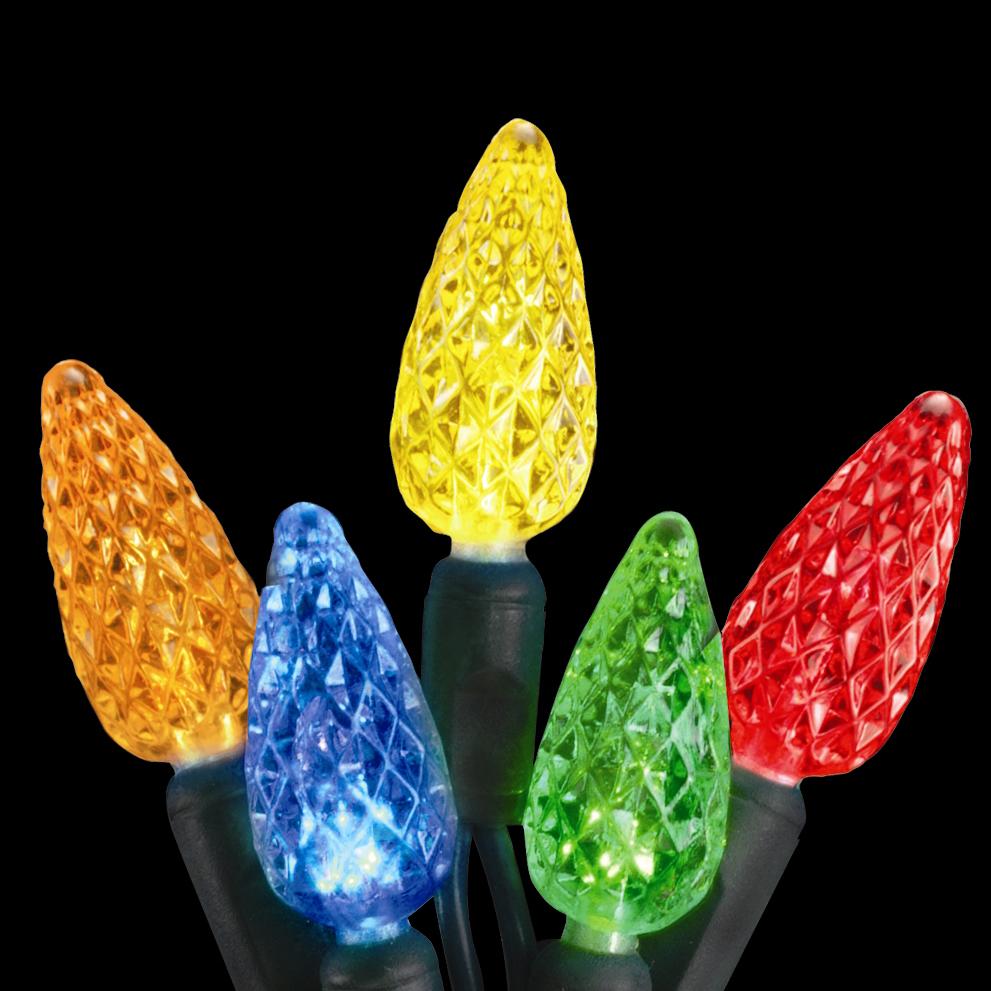What Are LED Lights Made Of?
The use of LED lights has become a norm of the modern era. Their extensive applications and enhanced aesthetics have made them popular among the newer generations. But what exactly is an LED light? Here’s everything you need to know.
What is an LED light?
LED stands for Light-Emitting Diode. A diode is the most crucial part of an LED light. It’s an electrical component with two oppositely charged electrodes; a positively charged anode, and a negatively charged cathode that facilitate the flow of current.
Diodes are mostly made of semi-conductive materials that conduct electricity in certain conditions. LED lights emit infrared or visible light when charged with an electric current.
Where are LED lights used?
They are used all around you! You can find them in many electronic devices such as indicator lamps, vehicle lights, billboards, signs, traffic lights, etc. They have replaced old incandescent bulbs and are now used in homes, hospitals, malls, and cinemas because of their durability and brighter lighting effect.
They are also used in digital clocks/watches, refrigerated case lighting, streetlights, digital computers, and calculators. LED lights are an innovation that has taken the world over by storm.
How do LED lights work?
LEDs consist of a p-type and n-type semiconducting material. The electrical properties of both these materials are modified using a doping mechanism.
This mechanism involves introducing the original elements of the p-type and n-type to a new element. The atoms of the new material replace some of the previously existing atoms, causing a change in their physical and electrical properties.
The p-type materials are formed of elements like Boron that have fewer valence electrons than the intrinsic substance. On the other hand, the n-type materials are composed of elements like phosphorus with more valence electrons than the intrinsic substance. This results in the creation of a p-n junction with suitable electrical properties.
When an LED light has a voltage source connected to the positive end of the anode and the negative end of the cathode, a forward bias will occur. This causes a surge of current and emittance of light. If inversely connected, the current will not be able to flow, and a reverse bias will occur instead.
Why choose LED lights over incandescent bulbs?
Incandescent bulbs have been the primary source of artificial light throughout the 1990s. People used them in every nook and cranny, but that is no longer the case.
LED lights have now taken over because of their vast, unparalleled advantages. Unlike incandescent bulbs, LED lights don’t have filaments that burn out, use much less electricity, and don’t overheat. But their major advantage is efficiency.
Incandescent bulbs produce a lot of unwanted heat. That heat energy is completely wasted because a considerable portion of electrical power doesn’t produce visible light, which is the main purpose of using a light bulb.
LEDs comparatively generate very little heat. A much higher percentage of electrical energy is used directly for generating light, which hugely lowers the electricity demands and bills. While their initial cost may be more than incandescent lights, they prove to be much more cost-effective in the long run.
FREQUENTLY ASKED QUESTIONS
Q. What is the lifespan of an average LED light?
An average LED light can work for about 25k-30k hours, or a maximum of 3-4 years of continuous use.
Q. Can LED lights be used in any light socket?
You can use an LED light in any socket of the appropriate size and type. Just make sure to use an LED light with the same wattage recommended for the fixture.
Q. Are LED lights a good investment?
LED lights are quite efficient; they consume much less power than standard incandescent bulbs and have a more significant luminous effect. They are a bit heavy on the pocket, but they are worth the upfront cost.
Disclaimer: Our products are ROHS-compliant. This means that we are aware they may contain lead but do not exceed the allowable amounts.

